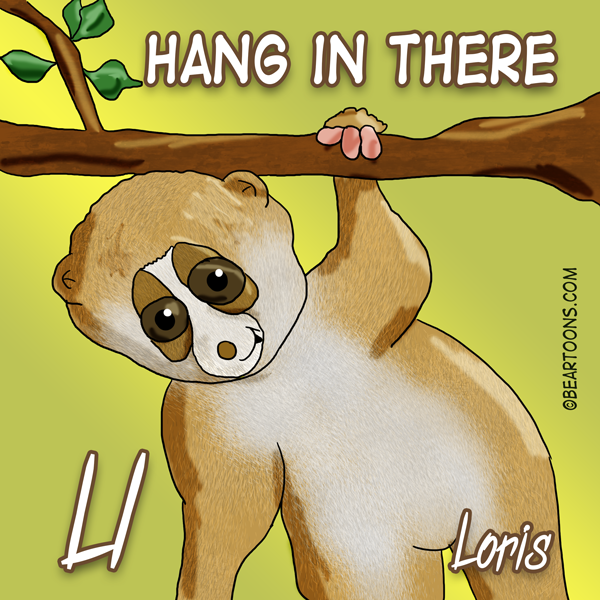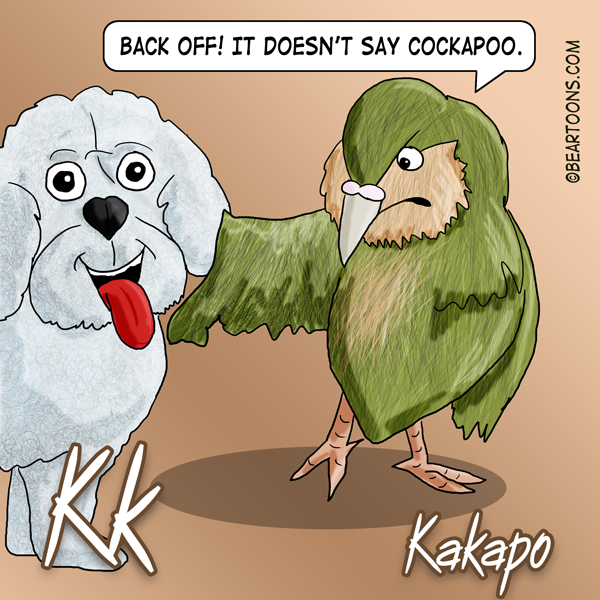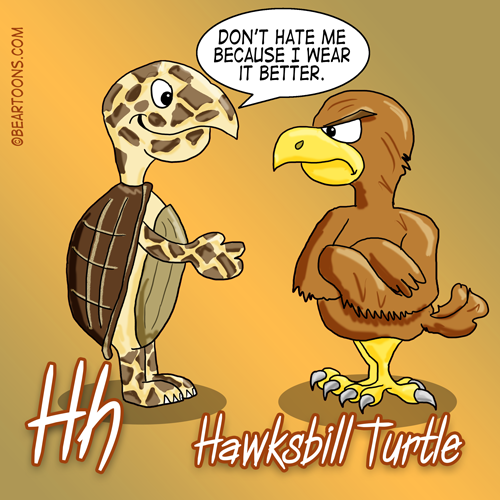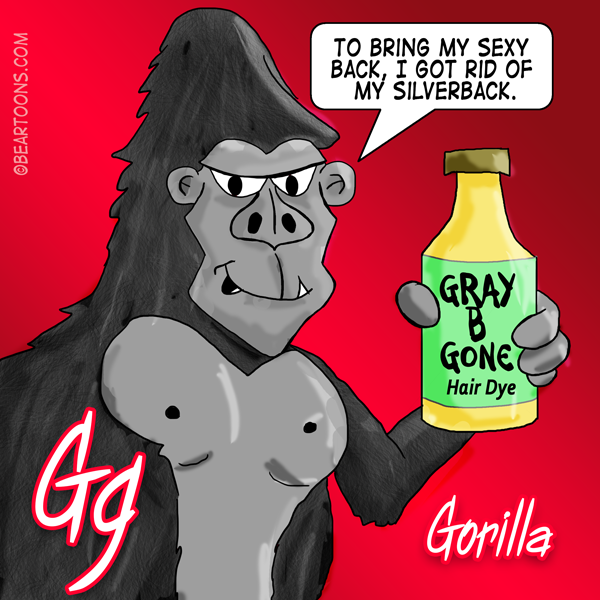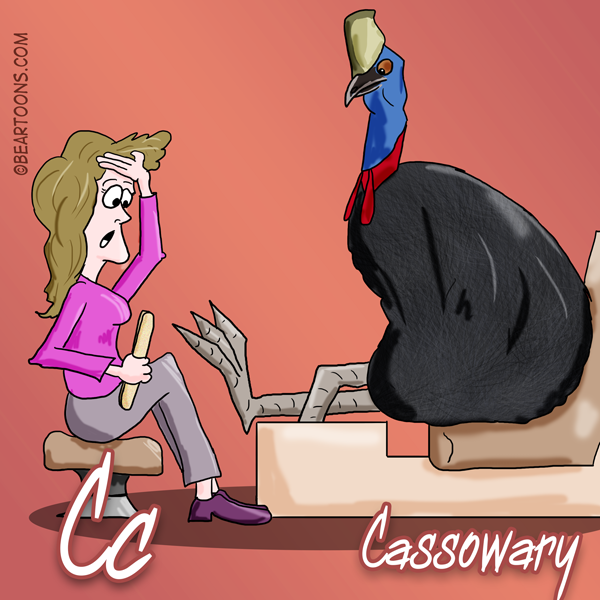
P is for Proboscis Monkey. I love that the scientific term for this animal is “Nasalis larvatus” Given their Jimmy Durante nasal features, it is no wonder one of them might opt for a nose job. Native to Borneo these monkey’s use their large noses as an echo chamber when calling to entice the women and ward off foes.








